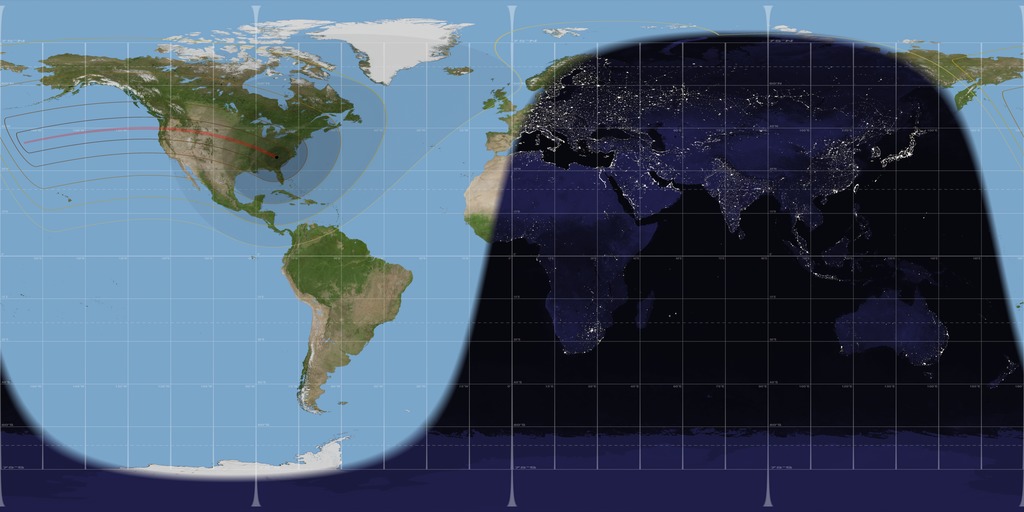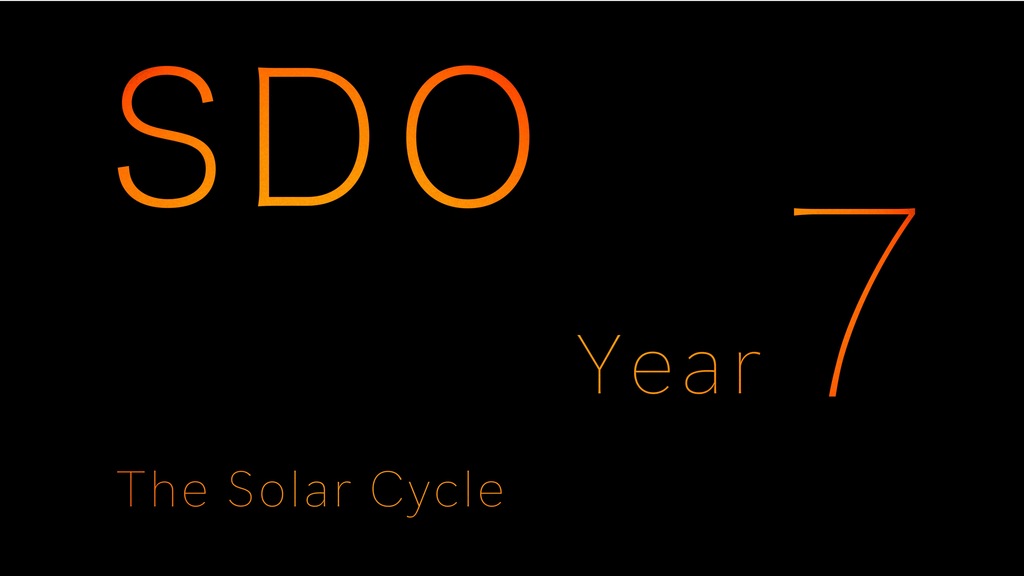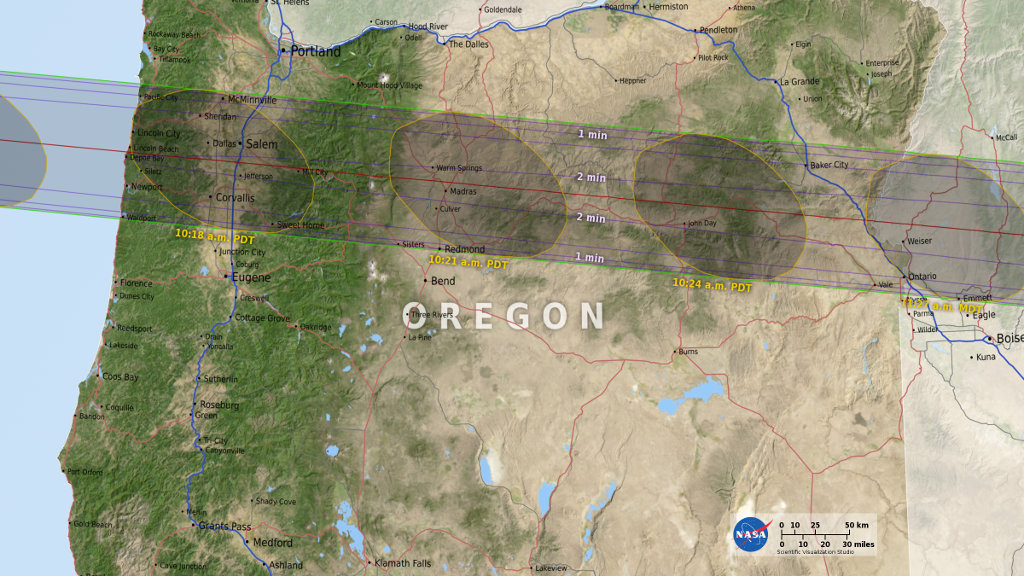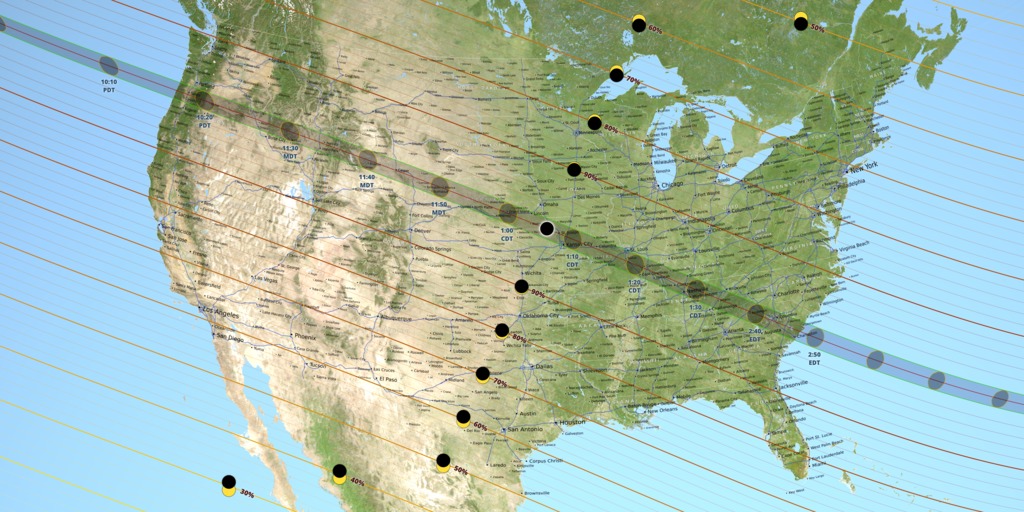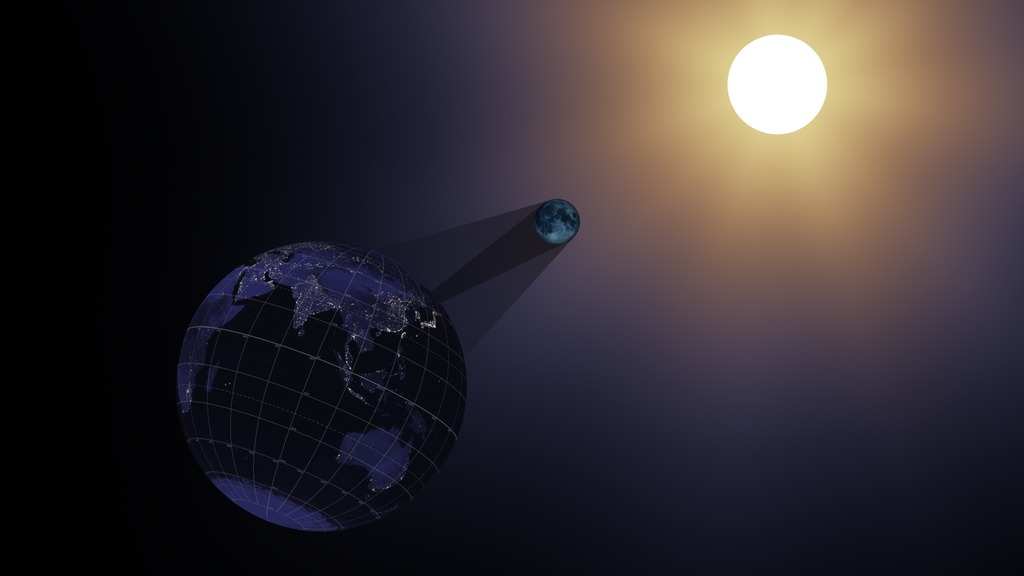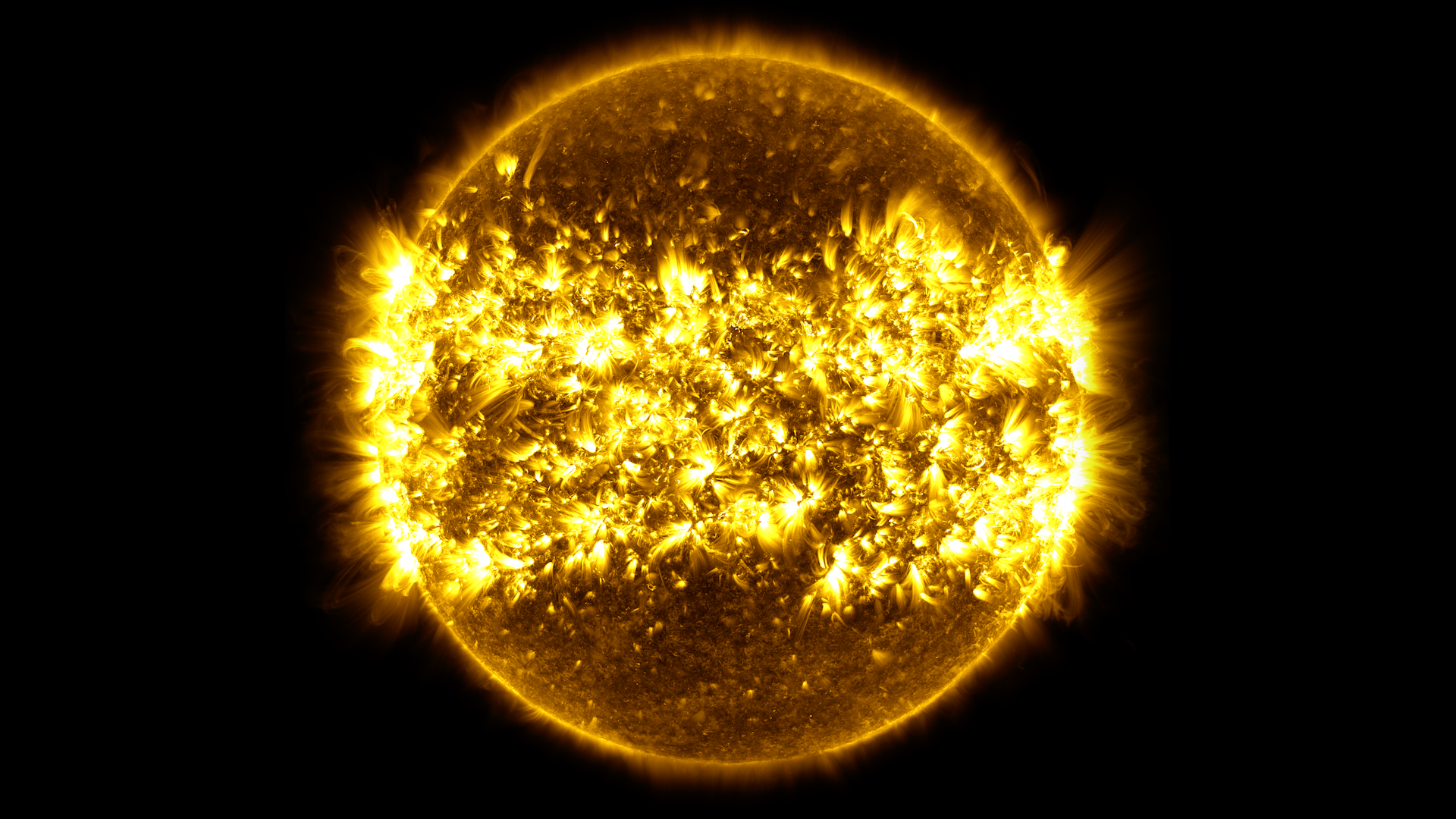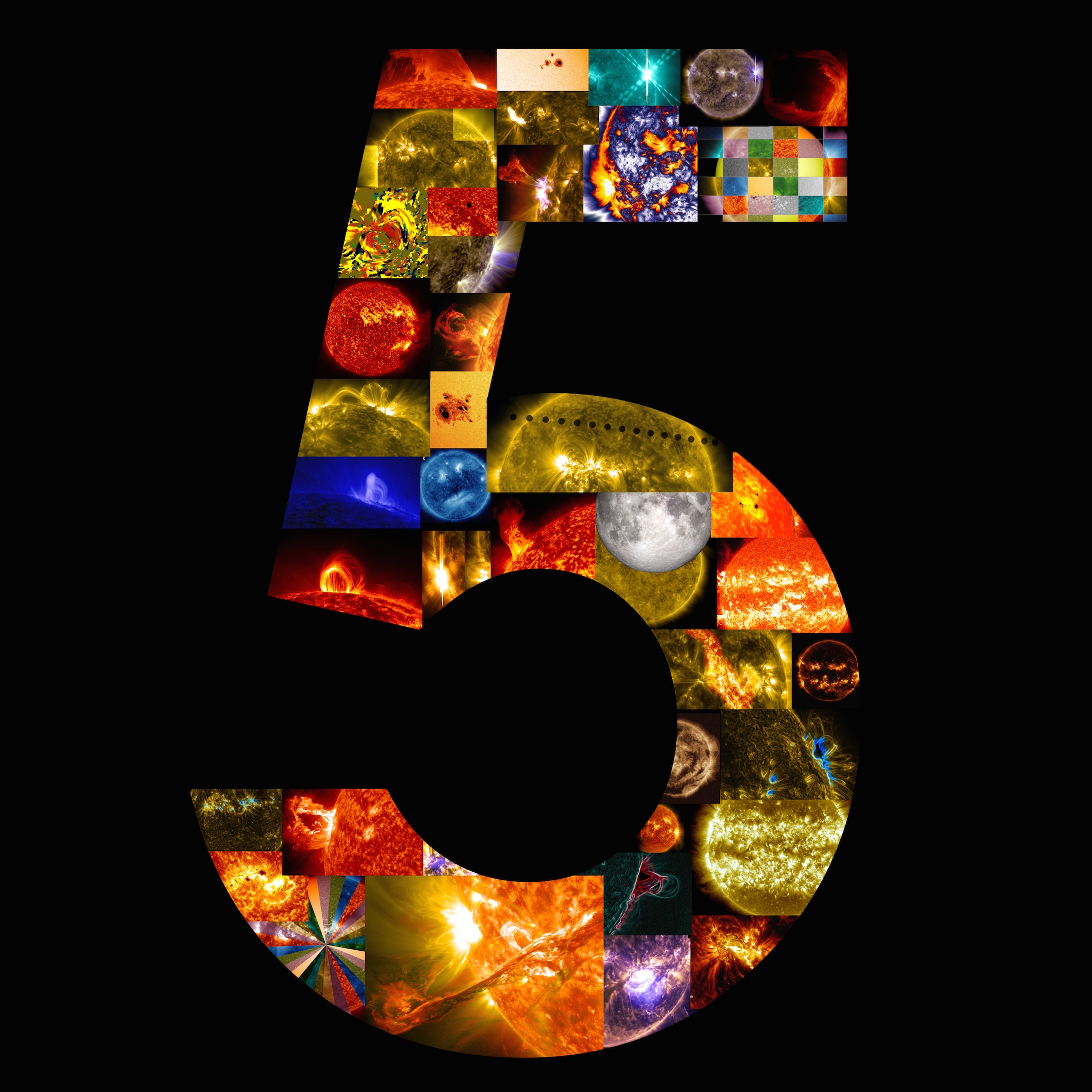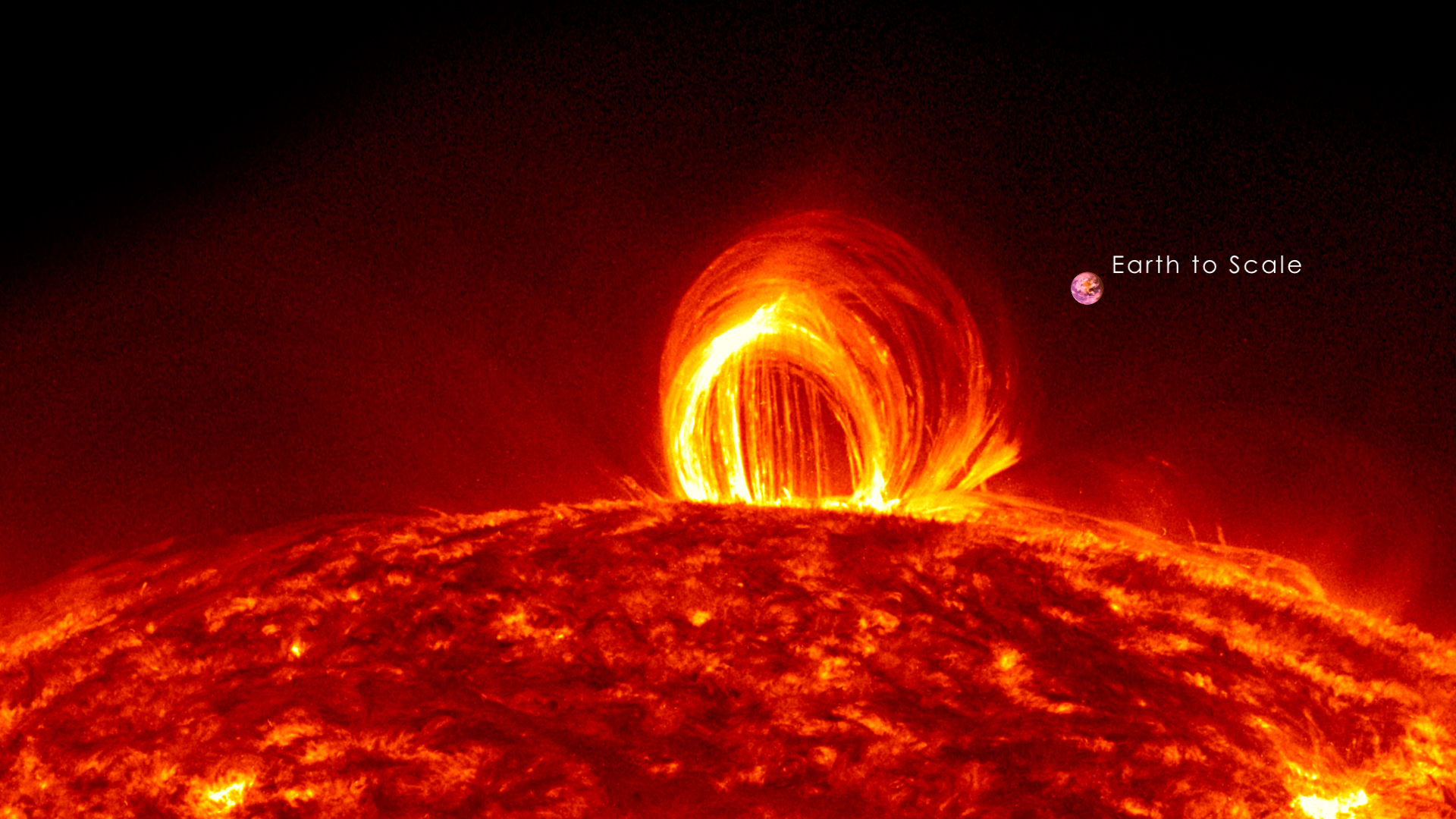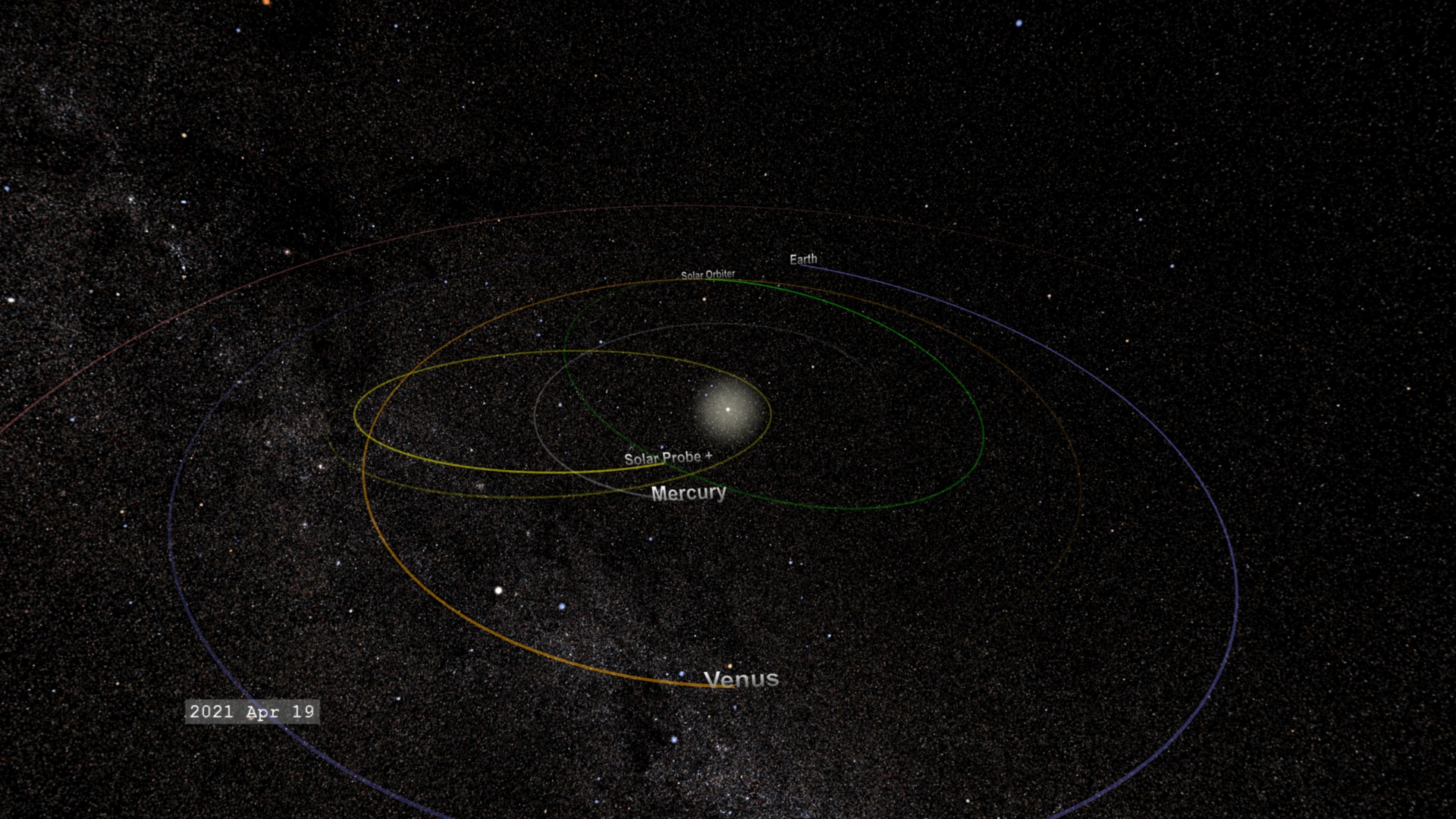2017 Spring Equinox Live Shots
B-roll that corresponds with the following suggested questions:
1. What is an equinox?
2. There is an exciting event happening this year: a total solar eclipse! When is this happening?
3. NASA will be doing some pretty cool science during the eclipse. How is NASA using the eclipse to study the sun and Earth?
4. How do eclipses help us find planets orbiting other stars?
5. Where can we learn more?
NASA Satellites Ready When Stars and Planets Align.
March 20 Equinox Marks the Start of Spring in the Northern Hemisphere
Dance of the Solar System is the First Solar Event of 2017
Stay Tuned for the Big Event of 2017, the August Solar Eclipse!
It may not feel like it this week in parts of the country, but spring begins in just a few days. March 20 kicks off the first day of astronomical spring in the Northern Hemisphere. On March 20, the day of the spring Equinox, the sun will pass directly over the Earth’s equator, giving the entire planet equal hours of day and night. This is the seasonal marker in Earth’s orbit around the sun when daylight hours begin to get longer than night.
This dance of the solar system is just one celestial event we’ll see this year. On August 21 all 50 states in the U.S. will be in prime position to see a partial or even a total solar eclipse, which happens when the moon is in perfect position to blot out the sun’s bright disk. The last time the U.S. saw a coast-to-coast solar eclipse was in 1918! The path of totality runs from Oregon to South Carolina.
NASA will lead an unprecedented science initiative during the eclipse that will draw on the collaboration of the public to help collect images, data and even temperature readings from across the nation during the hour-and-a-half it takes to cross the continent.
NASA scientists are available on Monday, March 20 from 6:00 a.m. – 11:30 a.m. EDT to help your viewers ring in the new season and talk about the big solar event this August.
***To book a window contact*** Michelle Handleman / michelle.z.handleman@nasa.gov/ 301-286-0918
HD Satellite Coordinates for G17-K18Upper: Galaxy 17 Ku-band Xp 18 Slot Upper| 91.0 ° W Longitude | DL 12069.0 MHz | Vertical Polarity | QPSK/DVB-S | FEC 3/4 | SR 13.235 Mbps | DR 18.2954 MHz | HD 720p | Format MPEG2 | Chroma Level 4:2:0 | Audio Embedded
Suggested Questions:
1. What is an equinox?
2. There is an exciting event happening this year: a total solar eclipse! When is this happening?
3. NASA will be doing some pretty cool science during the eclipse. How is NASA using the eclipse to study the sun and Earth?
4. How do eclipses help us find planets orbiting other stars?
5. Where can we learn more?
Live Shot Details:
Location: NASA’s Goddard Space Flight Center/Greenbelt, Maryland
Scientists:
Dr. Alex Young/ NASA Scientist
Dr. Yari Collado-Vega / NASA Scientist [Interviews in Spanish]
Dr. Nicholeen Viall / NASA Scientist
Video: NASA will roll all insert videos during live interviews. If needed, stations can roll a clean feed of all video at 5:45 a.m. EDT on March 20, at the above listed satellite.
Soundbites from NASA Scientist Dr. Alex Young. Includes TEXT transcript file.
Dr. Alex Young, NASA Scientist Social Media Teaser
Dr. Alex Young, NASA Scientist
Dr. Nicki Viall, NASA Scientist
For More Information
Credits
Please give credit for this item to:
NASA's Goddard Space Flight Center
-
Producers
- Michelle Handleman (USRA)
- Clare Skelly (NASA/GSFC)
-
Editor
- Michael Randazzo (Advocates in Manpower Management, Inc.)
Release date
This page was originally published on Wednesday, March 15, 2017.
This page was last updated on Wednesday, May 3, 2023 at 1:47 PM EDT.
